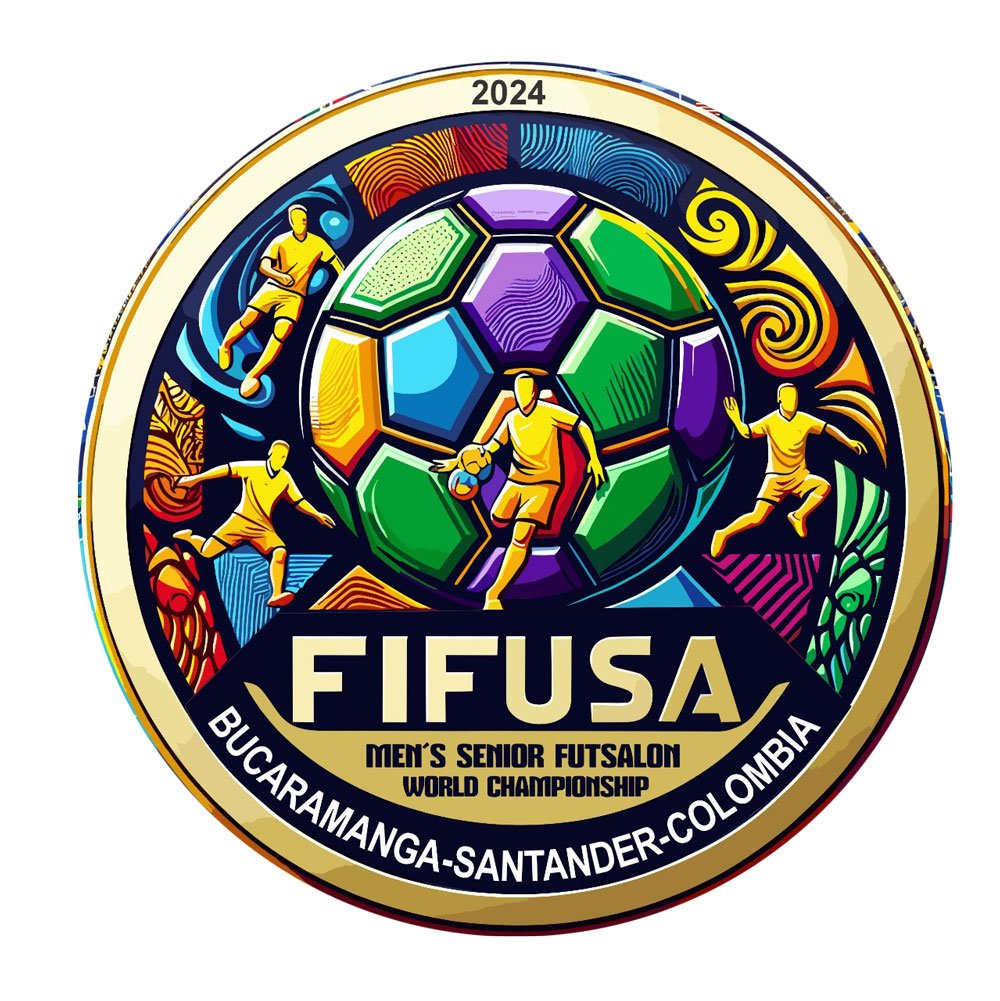The laws of futsal are similar to those of football but with some important differences: let us talk you through the rolling substitutions, accumulated fouls, double penalties and four-second count.
-
Teams
The game is five-a-side but in UEFA competitions the squads consist of 14 players. The entire squad is available for each match (unless there are suspensions), with five starters and nine substitutes.
-
Substitutions
Substitutions are unlimited and can be made at any time during play provided a player does not go on before his team-mate comes off. He must also enter the pitch from the zone marked in front of each bench. Players can be changed individually or en masse.
-
Real Time
A match comprises two 20-minute halves, with a timekeeper stopping the clock whenever the whistle blows. If a game is drawn, two five-minute periods of extra time ensue followed by a penalty shoot-out should the scores remain level. Coaches can call a 60-second time-out during each half, but there are no time-outs in extra time.
-
Referees
Three officials oversee the action: one on either touchline and one to liaise with the timekeeper to control fouls and time-outs. Officials communicate calls using various choreographed signals.
-
Accumulated Fouls
Free-kicks and penalties generally work as in football. However, once a team has committed five fouls in one half, for every subsequent foul their opponents get a free shot at goal from the second penalty mark, ten metres out (often known as a double penalty). If the foul is closer to goal, the shot can be taken from where the infringement occurred. At half-time both foul counts are wiped clean, but they are not erased prior to either extra-time period, where second-half fouls still count.
-
Cards
Players are dismissed for two yellow cards or a direct red, and take no further part in the game. Following a sending-off, the penalised team play one man short for two minutes, unless they concede during that time in which case they return to full strength immediately. The player that was sent off, however, cannot be used again.
-
Flying Goalkeeper
An outfield player can come on and off as a substitute for the goalkeeper, but the referee must ensure this so-called flying goalkeeper wears a keeper's jersey with his own number – and that all of a team's flying goalkeepers wear the same colour (different from both the standard keepers' and the outfield players' shirts).
-
Penalty Area
Players can go into the penalty area and goalkeeper are allowed out, but the latter cannot touch the ball again once they have cleared it until it has gone into the opposition half or it has been touched by an opponent. Goal clearances must be thrown, not kicked out.
-
Kick-in
Play resumes with a kick-in if the ball crosses either touchline (but not the goal line) or hits the ceiling. Goals cannot be scored direct from a kick-in.
-
four-second rule
For kick-ins, free-kicks, goal clearances and corner kicks, the player in possession of the ball has four seconds to restart play which the referee will count with their fingers in the air. If play isn't restarted within four seconds an indirect free-kick will be awarded to the opposing team. The goalkeeper is not allowed to control the ball for more than four seconds in his own half.



